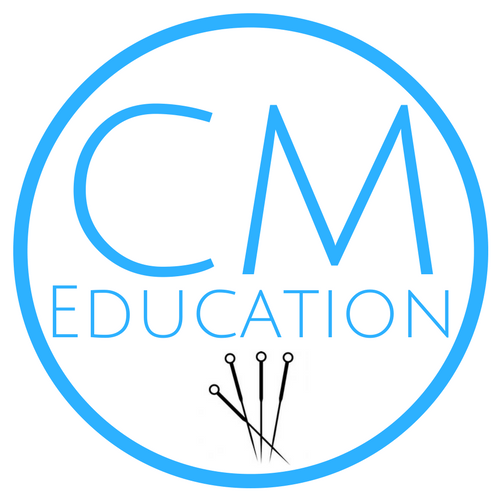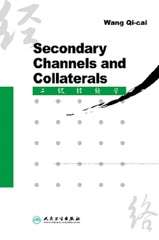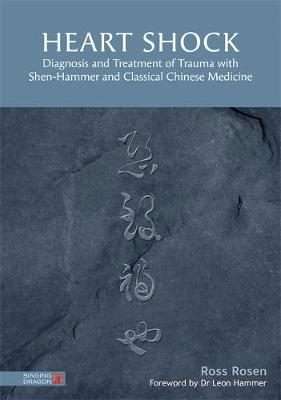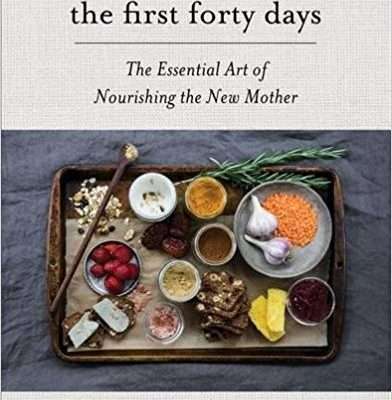Description
Secondary channels and collaterals : research on the secondary channels and collaterals system and their clinical applications which go beyond the traditional channels and collaterals system = 二级经络学 / Er ji jing luo xue
Together with the theories of Yin and Yang, five elements, Zang-fu organs, and Qi and blood, the theory of channels and collaterals is an important component in the TCM theoretical system. This theory permeates the fields of TCM physiology, pathology, diagnosis, treatment and prevention. It is a core theory in guiding clinical practice on acupuncture, moxibustion, acupunture anesthesia, tuina, and Qigong. It is an important base for explaining vital function, including physiological phenomena, pathological changes, and diagnostic methods and prevention. According to Chapter 11 of the Miraculous Pivot from Huang Di Nei Jing (Inner Canon of the Yellow Emperor), the twelve channels are the channels for the flow of blood and Qi within the human body. The flow of qi reveals the close relationship between the channels and health, the formation of and recovery from disease, and to life itself. Physicians in the past had a deep understaning of the importance of the theory of channels and collaterals. They considered it to be the foundational approach to the treatment of disease. Beginners should enter the field of TCM with the same attitude. The system of channel and collaterals composes two major structures, which include channels and collaterals with three major attachments, the six Zang and six Fu organs, 12 muscular regions, and 12 cutaneous regions. The channel system includes 12 regular channels, 12 divergent channels, and 8 extraoridnary channels. The collaterals system includes 16 major collaterals, and superficial collaterals. The twelve regular channels are chief in the system of channels and collaterals.





Reviews
There are no reviews yet.